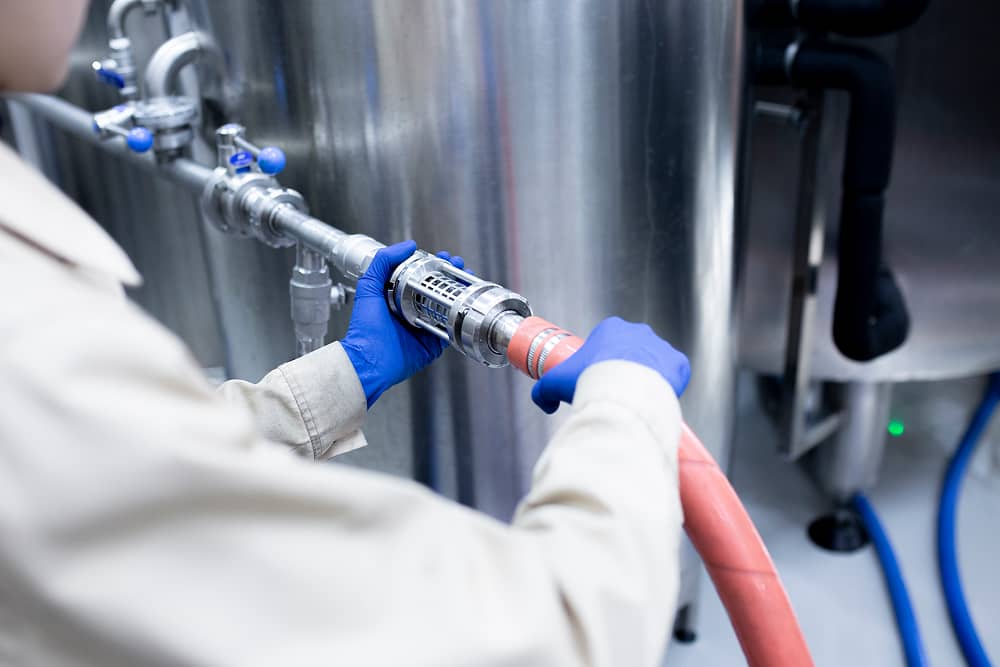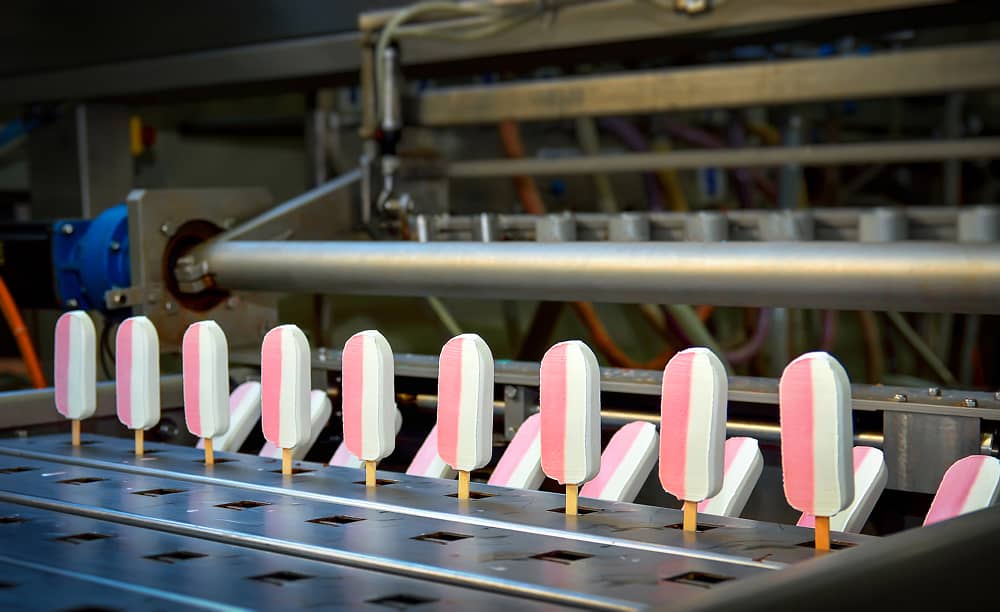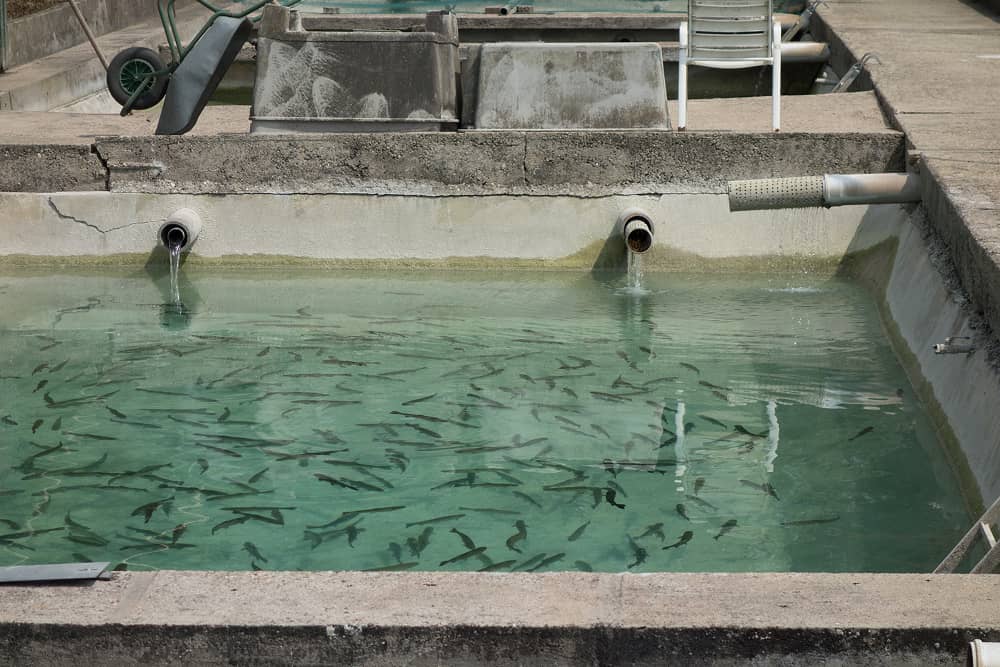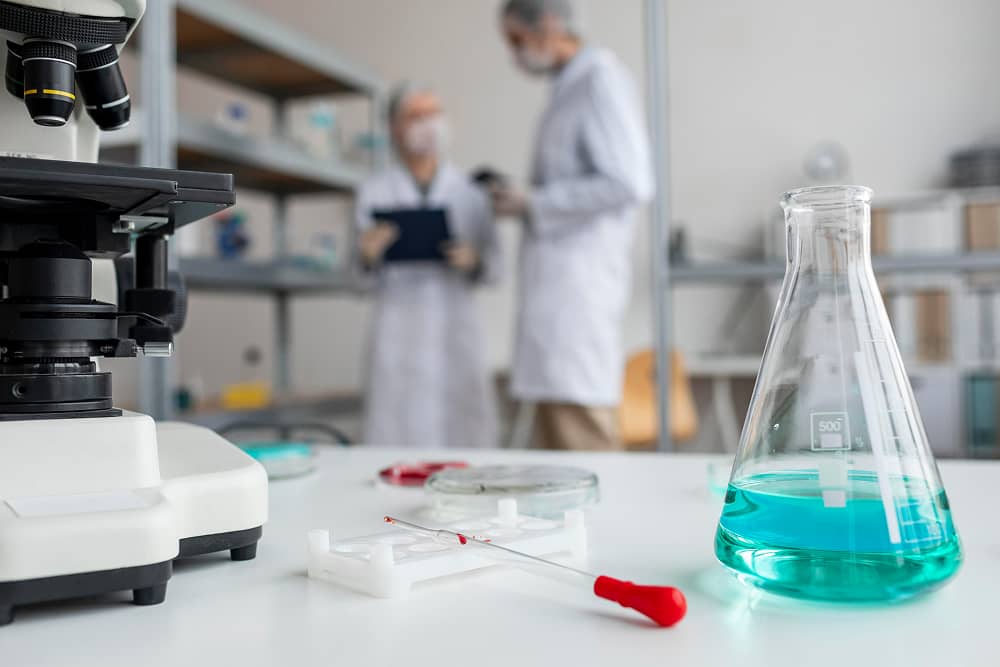The Urban Building Water Management Challenge
Urban building projects face significant water-related challenges that affect everything from construction phases to long-term operations and sustainability performance.
Groundwater Remediation Challenges in Construction
- Contaminated Groundwater: Urban sites often contain groundwater with elevated metals, sediment, and pollutants reflecting historical industrial activities
- Continuous Dewatering Requirements: High water tables necessitate ongoing dewatering systems, particularly in waterfront or lowland developments
- Discharge Regulations: Strict municipal requirements for treating water before discharge to storm or sanitary systems
- Limited Treatment Options: Conventional approaches often fail to address the full spectrum of urban groundwater contaminants
- Space Constraints: Limited mechanical room areas for treatment equipment in dense urban environments
These challenges are particularly present in sustainable buildings seeking to minimize environmental impact while optimizing operational performance through water reuse and conservation initiatives.
Limitations of Conventional Building Water Treatment
Traditional building water management approaches create significant limitations for today’s sustainable urban developments:
Chemical Dependency Issues in Building Water Systems
- Safety Concerns: Risks associated with chemical storage and handling in occupied buildings
- Environmental Impact: Chemical discharge creates additional treatment requirements and ecological liabilities
- Monitoring Requirements: Constant attention is needed to maintain proper chemical dosing
Performance Constraints in Traditional Water Management
- Incomplete Treatment: Many conventional systems address only specific contaminants rather than providing comprehensive water quality management
- Inconsistent Results: Variable effectiveness as conditions change or between maintenance cycles
- Biofilm Vulnerability: Limited effectiveness against biological growth in storage and distribution systems
Operational Burdens of Complex Water Systems
- Specialized Knowledge: Requirements for dedicated water treatment personnel
- Multiple Systems: Separate solutions for different water sources create operational complexity
- Limited Automation: Reduced capacity for integration with building management systems
These limitations have driven forward-thinking building owners and developers to seek more comprehensive, sustainable solutions that better align with modern sustainability objectives.
The Sublime Solution: Integrated Ozone-Based Building Water Treatment
Sublime Environmental has developed specialized Ozone Water Treatment Systems specifically engineered for urban building applications. These systems provide chemical-free, NSF certified automated solutions that integrate seamlessly with building infrastructure while delivering exceptional water quality for multiple applications.
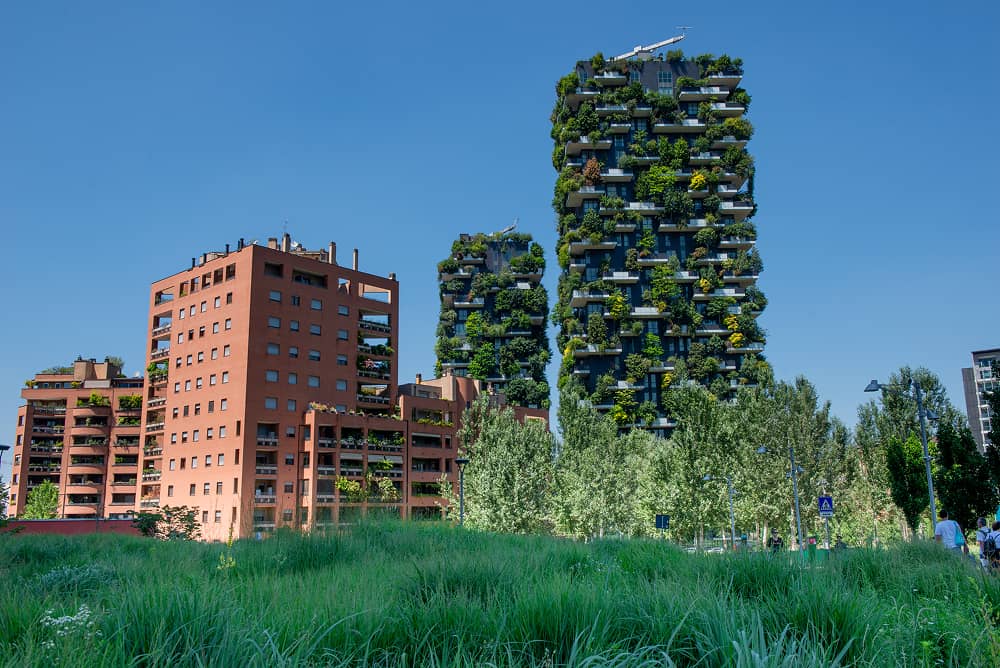
Building Water System Specifications for Urban Applications
Our building water management systems feature advanced components designed specifically for building applications:
- NSF-61 Certified Technology: Ensuring the highest safety standards for all water applications
- Advanced Ozone Generation: Corona discharge technology producing precise ozone concentrations
- High-Efficiency Saturation: Achieving over 90% ozone transfer for maximum effectiveness
- Integrated Monitoring: Comprehensive control systems ensuring optimal performance
- Building Automation Interface: Compatible with standard building management systems
- Compact Footprint: Space-efficient configurations for building mechanical areas
- Modular Construction: Scalable systems adaptable to changing requirements
- Safety Integration: Ambient monitoring and automatic safety controls
- Multi-Contaminant Treatment: Effective against metals, sediment, and biological contaminants
System Configurations for Various Building Types
Our building water management systems are available in multiple configurations to address different flow requirements and applications:
AOWT Series (10–100 GPM) for Small-Scale Applications
- Ideal for medium-sized applications
- Compact footprint for limited mechanical spaces
- Complete treatment capabilities, including filtration
- Available with 15-120 g/hr ozone generation capacity
AO Series (50–300+ GPM) for Large-Scale Developments
- Designed for large-scale applications
- High-volume treatment for significant developments
- Modular design for phased implementation
- Available with 60-320+ g/hr ozone generation capacity
Custom Water Treatment Solutions for Unique Requirements
- Engineered for unique building requirements
- Special applications, including cooling towers
- Retrofit solutions for existing structures
- Integration with rainwater harvesting systems
Implementation Process for Building Water Systems
Our proven implementation methodology ensures seamless integration with building systems and operations:
- Initial Consultation: Understanding your specific water management challenges and objectives
- Site Assessment: Thorough evaluation of water conditions and infrastructure context
- Custom Design: Engineering solutions tailored to your particular building requirements
- Integration Planning: Ensuring seamless implementation with existing or planned systems
- Professional Installation: Expert implementation with minimal disruption
- Commissioning: Comprehensive verification of all system functions
- Staff Training: Clear instructions on monitoring and maintenance procedures
- Ongoing Support: Continued technical assistance ensuring long-term performance
This systematic approach ensures that building owners and operators receive fully optimized solutions addressing water management challenges while supporting broader sustainability goals.
Transformative Results for Urban Development Water Quality
Our building water management implementations have delivered exceptional results across multiple projects:
Water Quality Excellence Through Advanced Treatment
- Superior Contaminant Removal: Comprehensive treatment of metals, sediment, and biological contaminants
- Metal Reduction Performance: Typical results show >99% iron removal, >90% manganese reduction
- Heavy Metal Treatment: Effective removal of arsenic, chromium, and other priority pollutants
- Aesthetic Improvement: Significant enhancement in clarity, odour, and overall water quality
Operational Benefits of Integrated Water Management
- Chemical Elimination: Complete removal of traditional treatment chemicals and associated costs
- Remote Monitoring: Real-time performance verification capabilities
- Reduced Maintenance: Significantly lower service requirements than chemical alternatives
- Space Efficiency: Compact systems freeing valuable mechanical room space
- Building Integration: Seamless coordination with other building systems
Economic Advantages of Sustainable Water Systems
- Treatment Cost Efficiency: Operating at just $0.05–0.10 per 1,000 litres treated
- Reduced Municipal Water Demand: Lower water purchase costs through reuse capabilities
- Extended Equipment Life: Proper water treatment prevents infrastructure damage
- Energy Optimization: Efficient design minimizing power consumption
- Chemical Cost Elimination: No ongoing chemical purchases required
Environmental Impact of Building Water Treatment
- LEED Certification Support: Contributing to water efficiency and innovation credits
- Environmental Leadership: Demonstrable commitment to sustainable operations
- Chemical-Free Operation: Elimination of treatment chemicals and associated hazards
- Resource Conservation: Enabling effective water reuse and recycling
- Carbon Footprint Reduction: Lower embodied energy in the water supply chain
- Green Building Enhancement: Supporting overall sustainability objectives
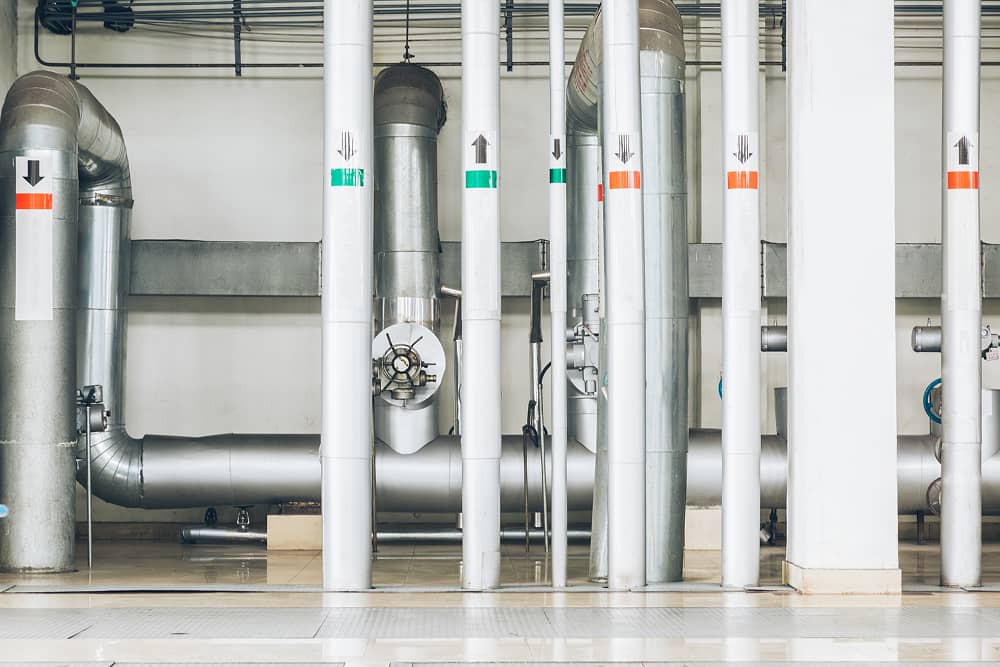
Case Study: Urban Waterfront Development Water Management
A major waterfront development project in Toronto implemented our AOWT-60 Groundwater Treatment System to address heavily contaminated groundwater conditions. This system processes 60 GPM of water, effectively removing metals and other contaminants. More examples are in our All Case Studies section.
The development faced several critical water management issues:
- Severely contaminated groundwater with extremely high iron levels (45.0 mg/L)
- Elevated concentrations of manganese, arsenic, and other metals
- Strict municipal discharge requirements
- Limited mechanical room space for treatment equipment
- Need for fully automated operation without dedicated treatment staff
Sublime Environmental provided a comprehensive solution featuring:
- AOWT-60 system with 140 g/hr ozone generation capacity
- Advanced saturation system ensuring maximum treatment efficiency
- Automatic backwash filtration for sediment removal
- PLC/HMI control panel with remote monitoring capabilities
- Safety systems, including ambient monitoring and off-gas destruction
- Full integration with building management systems
“The system’s performance exceeded our expectations, particularly for iron and arsenic removal. The fully automated operation integrates perfectly with our building management system, allowing us to maintain exceptional water quality with minimal staff intervention.”
– Building Operations Manager.
FAQs About Building Water Systems
Q: How much space is required for a building water management system?
A: Our systems are designed for space efficiency. Depending on flow requirements, typical installations require 100–200 square feet, with custom configurations available for limited spaces.
Q: What maintenance is required?
A: Our systems require minimal maintenance, typically quarterly inspections and annual preventive service, which we can provide through maintenance agreements.
Q: Can these systems integrate with building automation?
A: Yes, our systems include standard protocols for integration with building automation systems, allowing centralized monitoring and control.
Q: How do these systems support LEED certification?
A: Our water management solutions contribute to multiple LEED credit categories, including Water Efficiency, Innovation, and Indoor Environmental Quality. We provide documentation to support certification efforts.
Q: What is the typical return on investment?
A: ROI varies depending on local water costs and application, but most projects achieve payback within 2-5 years through reduced municipal water consumption, lower maintenance costs, and extended equipment life.
Transform Your Building’s Water Management Approach
Every building project has unique water challenges and opportunities. Our team specializes in developing customized solutions that address your requirements while maximizing sustainability benefits and operational efficiency.
Learn more about how our chemical-free water treatment solutions can enhance your building’s sustainability performance while reducing operational costs.
Sublime Environmental provides innovative, sustainable water treatment solutions for buildings and developments across Canada. Our NSF-61 certified systems deliver exceptional performance with minimal environmental impact.

